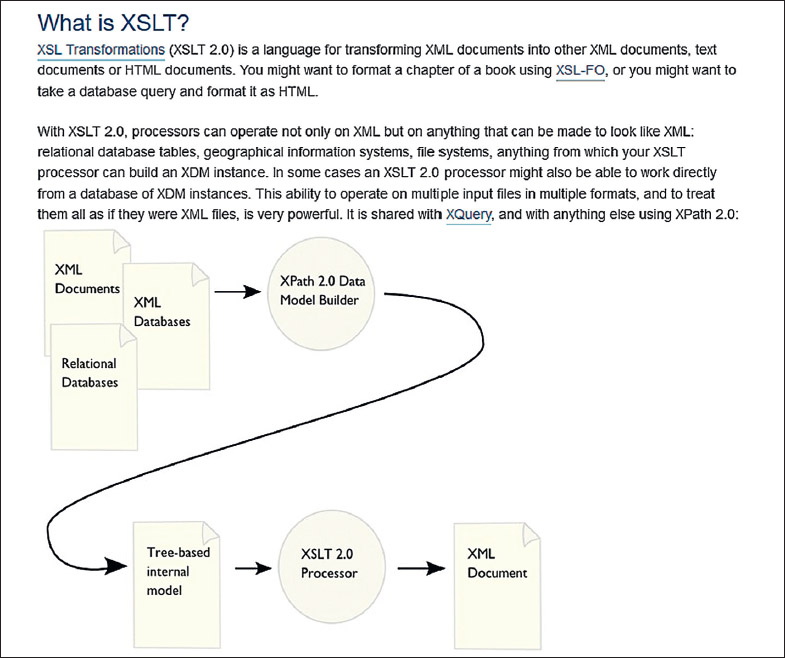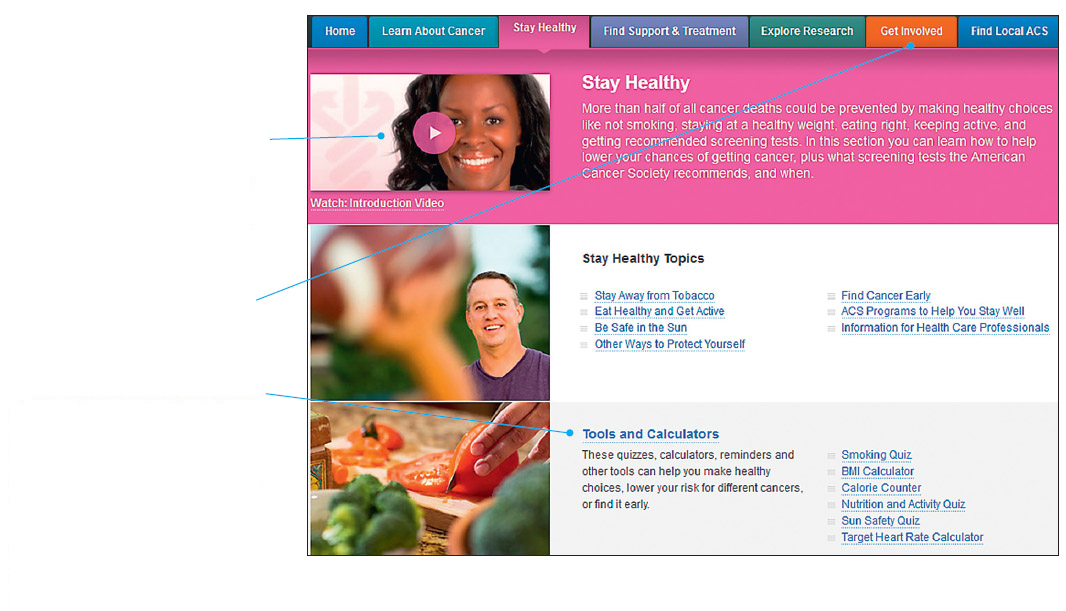Applying What You Have Learned About Your Audience
Printed Page 104-106
Applying What You Have Learned About Your Audience
You want to use what you know about your audience to tailor your communication to their needs and preferences. Obviously, if your most important reader does not understand the details of DRAM technology, you cannot use the concepts, vocabulary, and types of graphics used in that field. If she uses one-page summaries at the beginning of her documents, decide whether they will work for your document. If your primary reader’s paragraphs always start with clear topic sentences, yours should, too.
The samples of technical communication shown in Figure 5.7 illustrate some of the ways writers have applied what they know about their audiences in text and graphics.
ETHICS NOTE
MEETING YOUR READERS’ NEEDS RESPONSIBLY
A major theme of this chapter is that effective technical communication meets your readers’ needs. What this theme means is that as you plan, draft, revise, and edit, you should always be thinking of who your readers are, why they will read your document, and how they will read the document. For example, if your readers include many nonnative speakers of English, you will adjust your vocabulary, sentence structure, and other textual elements so that readers can understand your document easily. If your readers will be accessing the document on a mobile device, you will ensure that the design is optimized for their screen
Meeting your readers’ needs does not mean writing a misleading or inaccurate document. If your readers want you to slant the information, omit crucial data, or downplay bad news, they are asking you to act unethically. You should not do so. Read more information on ethics in Chapter 2.
Figure 5.7 Using Text and Graphics to Appeal to Readers’ Needs and Interests
This excerpt from a technical description of a web coding language appears on the site of the World Wide Web Consortium (W3C).
Because the readers are coding experts, the writers use highly technical language and refer to advanced topics. Note, however, that the nontechnical information is written simply and directly.
Notice that the graphic is based on a simple flowchart and basic icons. Why? Because the readers are interested only in understanding the logic of the process illustrated in the flowchart.


This excerpt from the Stay Healthy section of the American Cancer Society website shows several techniques for providing information to a general audience.
The page begins with a short video and brief text intended to motivate readers to find out more about how to stay healthy. The tone throughout— from the words to the images of the smiling man and woman—is encouraging: it says, “You can do this.”
The page includes a set of seven links to detailed information on more-specific topics about preventing cancer.
The Tools and Calculators section gives readers opportunities to learn more about how to improve their health. This section is consistent with the main point of this page: you can take steps to improve your health.
Notice that the writers use simple, direct language, as well as the second person (“you”), to maintain an informal tone.

Hewlett-Packard, one of the world’s most innovative technology companies, recently lost much of its luster because of management miscalculations and scandals. This page from the HP site is part of the company’s attempt to project a new, positive message.
The smiling faces of company president and CEO Meg Whitman and of the other people suggest that bad times are over.
In the quotation, the CEO is forthright about the company’s mistakes but asserts that the company has the people and resources necessary to “turn HP around.” Note that five sentences in a row begin with “we,” thereby including customers in the HP story.
Whitman uses simple, strong words and sentences to project honesty and determination. And she signs her name “Meg.” The point is that she is like HP’s customers: hard working and down-to-earth.
